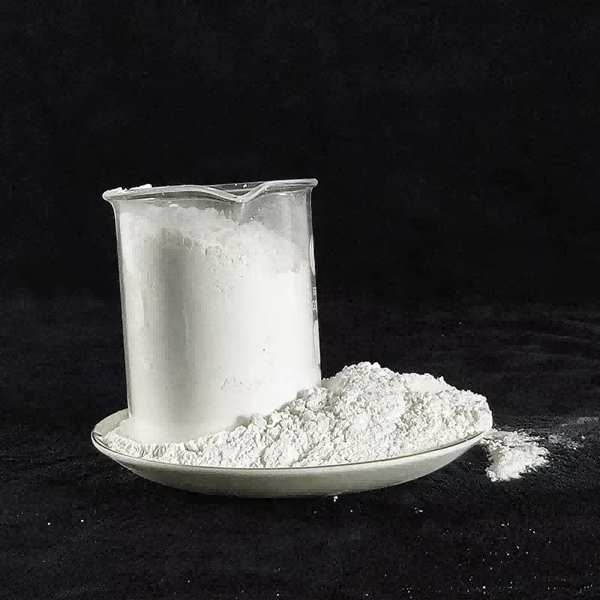Magnesium hydroxide is a common chemical compound with the formula Mg(OH)₂, widely used in medicine (as an antacid), wastewater treatment, and as a flame retardant. A frequent question about this substance is whether it burns. To answer this, we must examine its chemical properties and behavior under high temperatures.
Chemical Properties of Magnesium Hydroxide
Magnesium Hydroxide Flame Retardant is an inorganic compound that appears as a white, odorless powder. It is poorly soluble in water but reacts with acids to form magnesium salts. Unlike magnesium metal, which is highly flammable, Magnesium Hydroxide Flame Retardant is not combustible.
Melting point: Decomposes before melting (around 350°C/662°F).
Solubility: Low solubility in water (~0.004 g/100 mL at 20°C).
PH: Alkaline (pH ~10.5 in suspension).
Unlike magnesium metal (Mg), which is highly flammable and burns with a bright white flame, magnesium hydroxide does not support combustion.
Does Mg(OH)₂ Burn?
The short answer is no, Magnesium Hydroxide Flame Retardant does not burn. Instead, it decomposes when exposed to high temperatures (typically above 350°C or 662°F) through a process called thermal decomposition:
Mg(OH)2→MgO+H2O
Magnesium oxide (MgO): A stable, non-flammable solid.
Water vapor (H₂O): Helps cool the surrounding environment.
This reaction produces magnesium oxide (MgO) and water vapor (H₂O), rather than sustaining a flame. In fact, Magnesium Hydroxide for Flame Retardant is often used as a flame retardant because the released water helps cool and suppress fires.

Why Mg(OH)₂ is Used as a Flame Retardant
Endothermic Decomposition – The breakdown of Mg(OH)₂ absorbs heat, reducing the temperature of the surrounding material.
Water Release – The water vapor released dilutes flammable gases, slowing combustion.
Formation of a Protective Layer – The resulting MgO forms a barrier that shields underlying material from further burning.
Comparison with Magnesium Metal
Unlike Magnesium Hydroxide for Flame Retardant, magnesium metal (Mg) is highly flammable and burns with an intense white flame when ignited. This is why magnesium is used in fireworks and flares. However, once magnesium reacts to form Mg(OH)₂, it loses its flammability.
Conclusion
Mg(OH)₂ does not burn; instead, it decomposes under high heat, making it useful for fire suppression. Its ability to absorb heat and release water makes it an effective flame retardant in plastics, cables, and construction materials. So, while pure magnesium can be a fire hazard, Magnesium Hydroxide for Flame Retardant plays a crucial role in fire safety.

